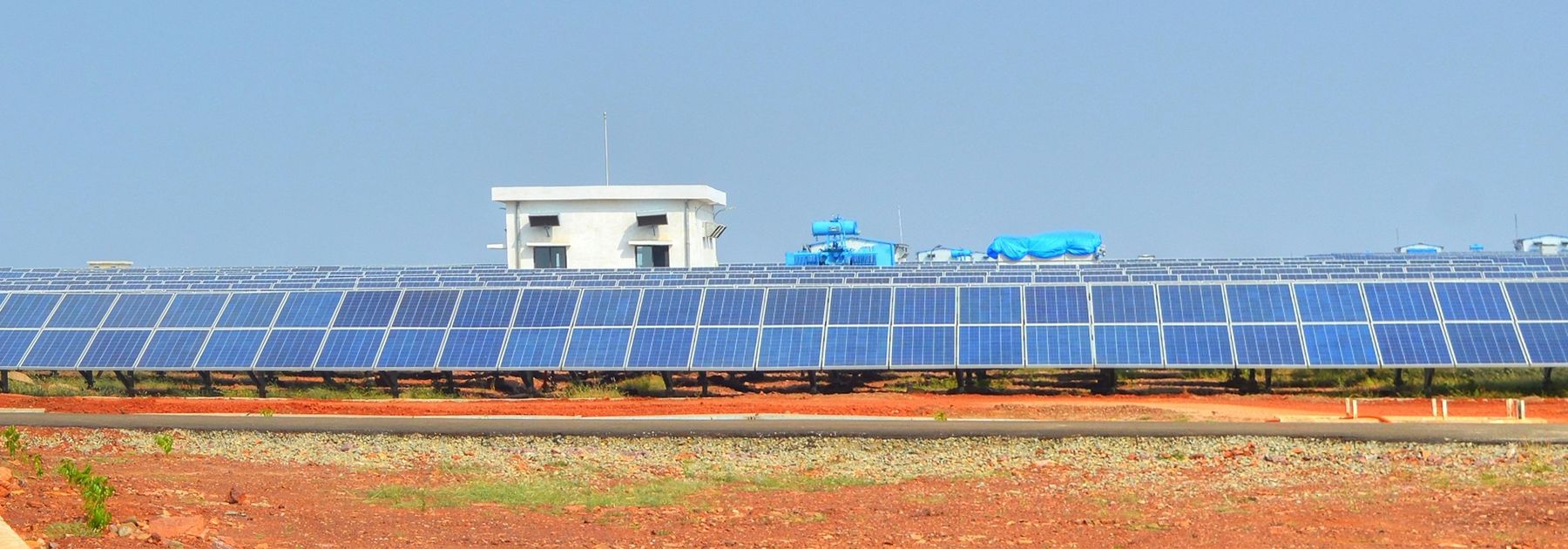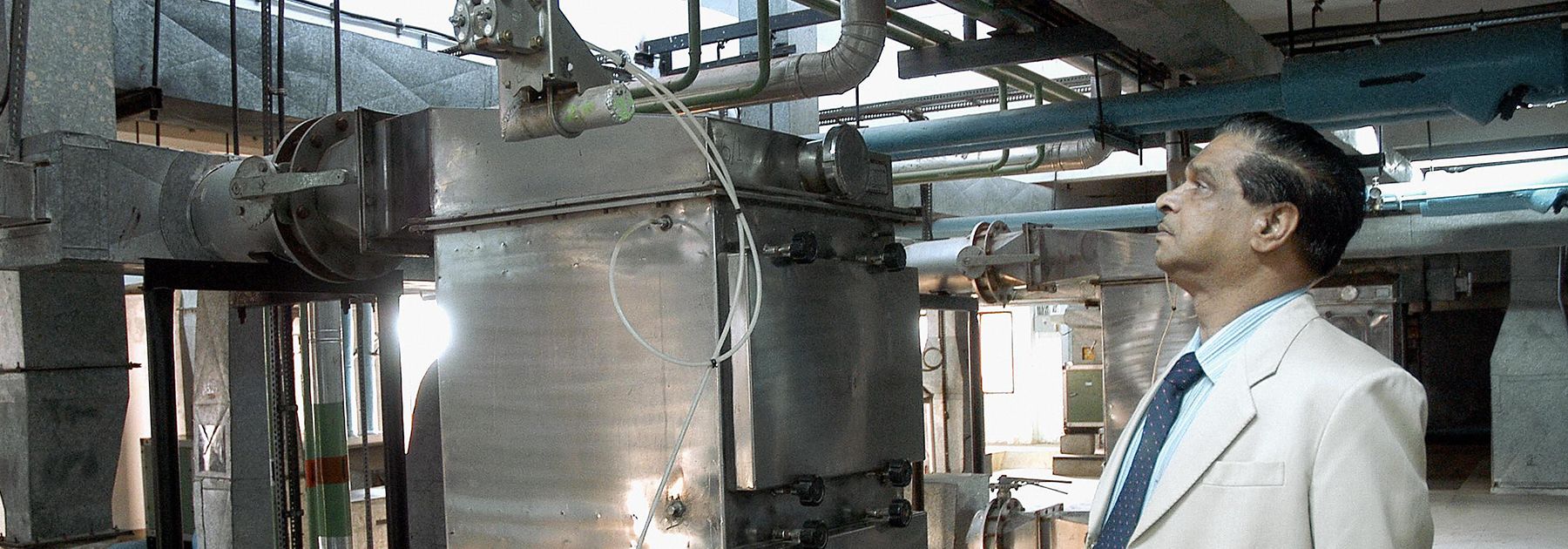Madhya Pradesh
Madhya Pradesh, India’s second largest state by area, is seeking to build a reputation as one of the country’s most dynamic states despite the steep challenges presented by a poor, largely agrarian and rural population. Fifteen years of stable government has allowed the continuous build out of infrastructure improving transportation and electricity connectivity to remote corners in the state. As the largest producer of agricultural products in the country, the state seeks to add value to this sector by building out agri-business and food processing industries. Major urban centers in the state are also home to pharmaceutical, information technology, automobile, defense, and textile industries.
State Policies
Solar Policy: Policy for Implementation of Solar Based Projects (2012)
Micro, Small & Medium Enterprises (MSME) Policy: MSME Development Policy (2019)
Electric Mobility Policy: Electric Vehicle Policy (2019)
Industry Policy: Industrial Promotion Policy and Action Plan (2014)
State Summary
-
Size
119,014 sq. miles -
Population
72.6 million -
State GDP
$67.19 billion (USD) -
Legislative Assembly Seats
230
-
Rajya Sabha Seats
11 -
Lok Sabha Seats
11 -
Party Affiliation
Bharatiya Janata Party (BJP)


Climate Change
Subsectors
Recent Articles
Madhya Pradesh cabinet approves its scheme to incentivize crop diversification
Posted on May 4, 2022
Energy
India faces a complex energy challenge: it needs cheap and abundant energy to power high economic growth and lift its citizens into the middle class. But it also hopes to keep its commitments to the U.N. Climate Change Convention and achieve energy independence. India’s states have the resources to generate the energy India needs, but they take different approaches to fostering the growth of the industry. This section allows you to explore energy news from India’s states and offers the Wadhwani Chair’s analysis of India’s energy sector.
Subsectors
Coal • Energy Efficiency • Energy-related Transportation • Nuclear • Oil and Gas • Power •Recent Articles
Madhya Pradesh announces a subsidy of $2.1 billion on power tariff to the farm sector for the fiscal year 2022-23
Posted on June 1, 2022
Madhya Pradesh increases its electricity tariff by 2.64 percent and 1.4 percent per kWh for domestic and industrial consumers
Posted on April 6, 2022
Madhya Pradesh sets a pre-fixed tariff of $0.042 per kilowatt hour (kWh)
Posted on February 24, 2021
Related National Goals
U.S.–India Energy Cooperation Project Tracker — There is currently no data available for . (updated July 3, 2019)
Solar Performance Tracker — Madhya Pradesh reaches 2463.22 MW (updated March 31, 2021)
Wind Performance Tracker — Madhya Pradesh achieves 2844.29 MW (updated March 30, 2021)
Health
While India’s healthcare system is expansive in terms of the number of beneficiaries covered, inequalities in access to high-quality yet affordable care continue to plague delivery systems and push citizens towards the more unregulated private sector. Similarly, while India’s National Health Policy of 2017 promises to reform this system, the responsibility to institute those reforms falls to the states who each have their own unique challenges and opportunities to meet the healthcare needs of their people. This section allows you to explore emerging healthcare policies and news covering new initiatives from India’s states and offers the Wadhwani Chair’s analysis of India’s healthcare sector.
Recent Articles
Madhya Pradesh approves the establishment and upgradation of 184 health institutions
Posted on March 29, 2023
Madhya Pradesh’s Burhanpur becomes the first certified ‘Har Ghar Jal’ district in the country
Posted on July 26, 2022
Madhya Pradesh grants approval for continuation of State Haemoglobinopathy Mission Scheme
Posted on July 21, 2022
Industrial Policy and Business Regulations
Subsectors
Recent Articles
Madhya Pradesh waives monthly vehicle tax totalling $13.27 million on passenger buses for the period April 1, 2021 to June 30, 2021
Posted on June 16, 2022
Infrastructure and Governance
Subsectors
Recent Articles
Madhya Pradesh launches the Laadli Behna scheme under which eligible women will be provided $12.2 in monthly assistance
Posted on March 15, 2023
Madhya Pradesh constitutes a state-level permanent committee to encourage innovation and technology use
Posted on August 10, 2022
Land & Labor Laws
Subsectors
Recent Articles
Madhya Pradesh amends its Madhya Pradesh State Industrial Land and Building Management Rules 2019
Posted on July 21, 2022
Madhya Pradesh remains the top state in the second edition of the National Council of Applied Economic Research’s land record digitization survey
Posted on March 10, 2021
Madhya Pradesh government reduces the cess on stamp duty charged for registration of property to one percent from the current three percent in urban areas
Posted on September 16, 2020
Water & Sanitation
